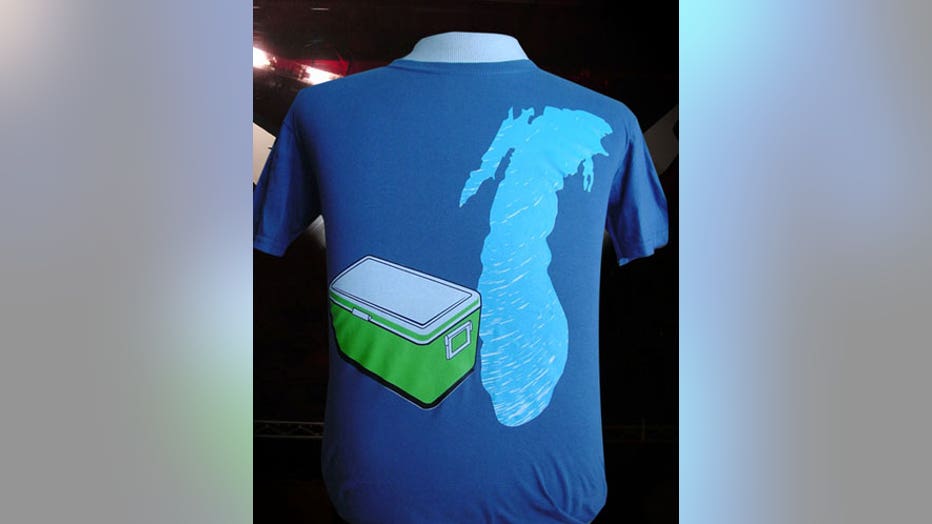“Cooler by the lake” is back
A sure sign of spring is the addition of “cooler by the lake” to the forecast. On Friday and Saturday with temps in the upper 40s and maybe even low 50s a distinct temperature contrast between Lincoln Memorial Dr. and St. Paul Ave. in Waukesha will certainly take shape.
So what effect does the lake have on our temperatures and to what degree? (pun intended). We all know the basics. The cool waters of Lake Michigan (let’s say 35°) refrigerates the air just above the water. That cool air is more dense and thus heavier than the milder air inland. As temps warm up on land during a sunny day, the air temperature over the lake remains constant. Eventually the shrinking density and weight of the warming air causes the cool lake air to spill over. The chilly lake breeze slithers along the ground cutting under the mild air. In fact it may be so shallow that a person standing on top of the +600 ft. U.S. Bank building might not even feel the lake breeze heading west.

I still have yet to get one of these from www.smacdesign.com
What is considered “lakeside” and “inland” varies from day to day depending on the strength of the lake breeze. For example on a sunny, 40° day on land the cooler 35° air over the lake is about 1% heavier. To simplify the scenario lets assume no wind is present from weather systems, fronts, etc. (though almost never the case). In this example the lake breeze will be light with a very small temperature difference within a mile or so of shore. Now let’s examine a more extreme yet still common example. For a sunny 60° day on land the 35° lake breeze is about 5% heavier. This may not sound like a big difference but since air is fluid and not rigid it flows with little resistance. This small force can get it moving quickly. In this case “lakeside” extends 10 miles or more inland with smaller temperature differences still experienced beyond this distance. If it’s sunny the shallow lake breeze warms up as it crosses the sun beaten land. Yet it still continues west thanks to its momentum (no brakes on wind). In summer, temperature differences between lake and land air can top 40 degrees! It isn’t unheard of for the lake breeze to reach Madison by the early evening, though the temperature difference is diminished long before the breeze swirls over the capital.
Now to get ready for the warmer months I just need one of those cooler by the lake T-shirts. Come on, you smiled when you first saw it!

